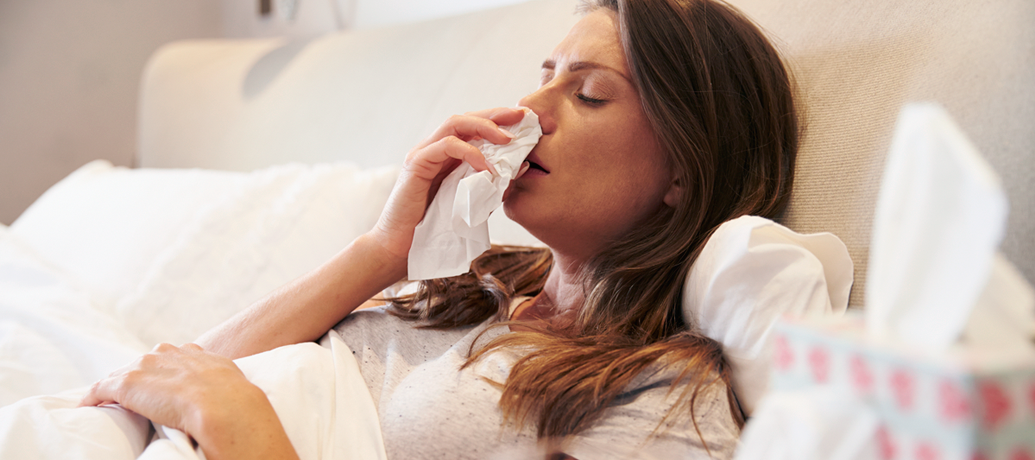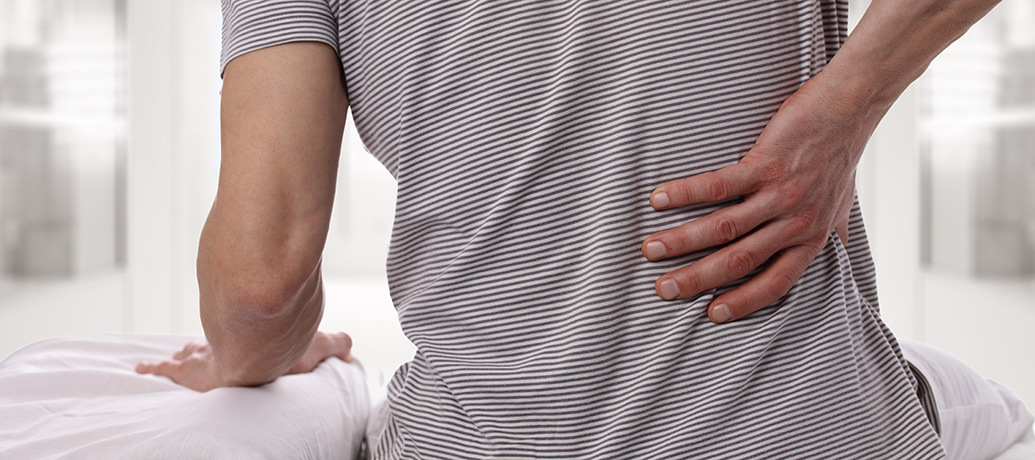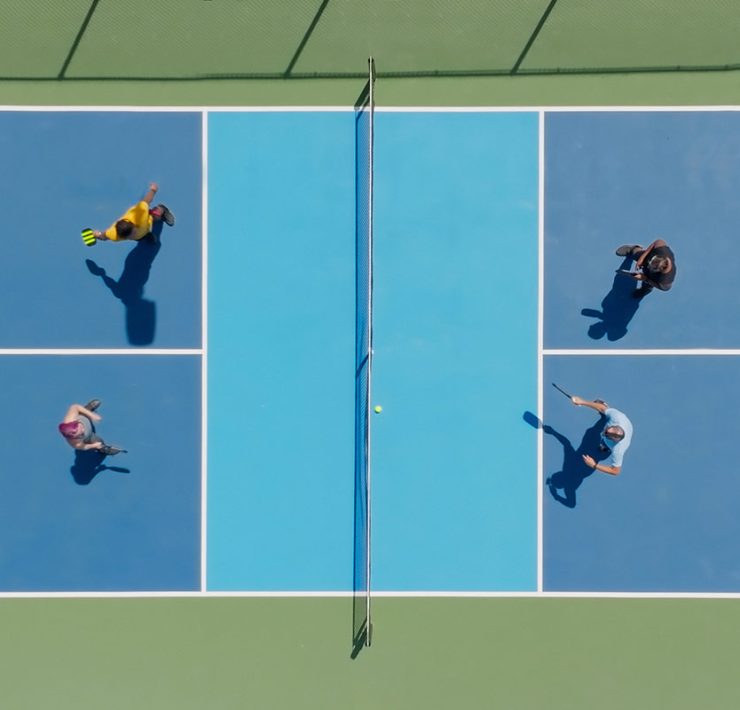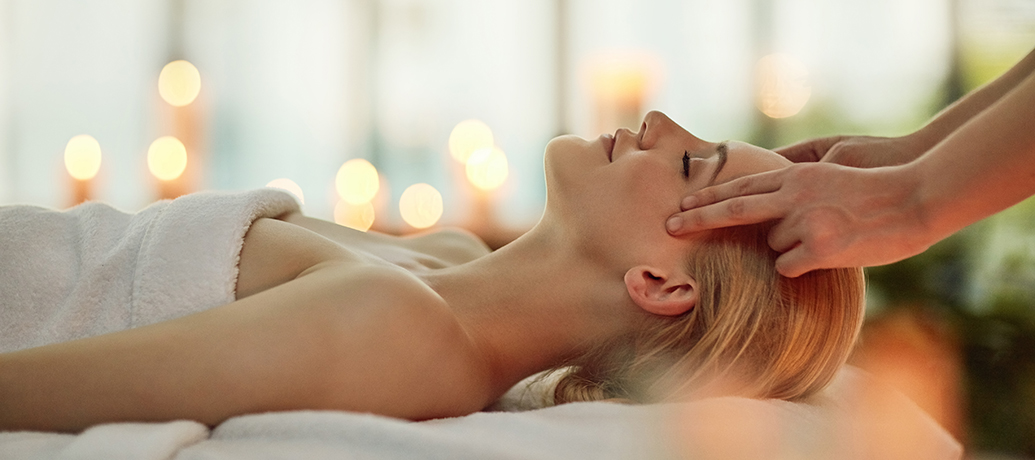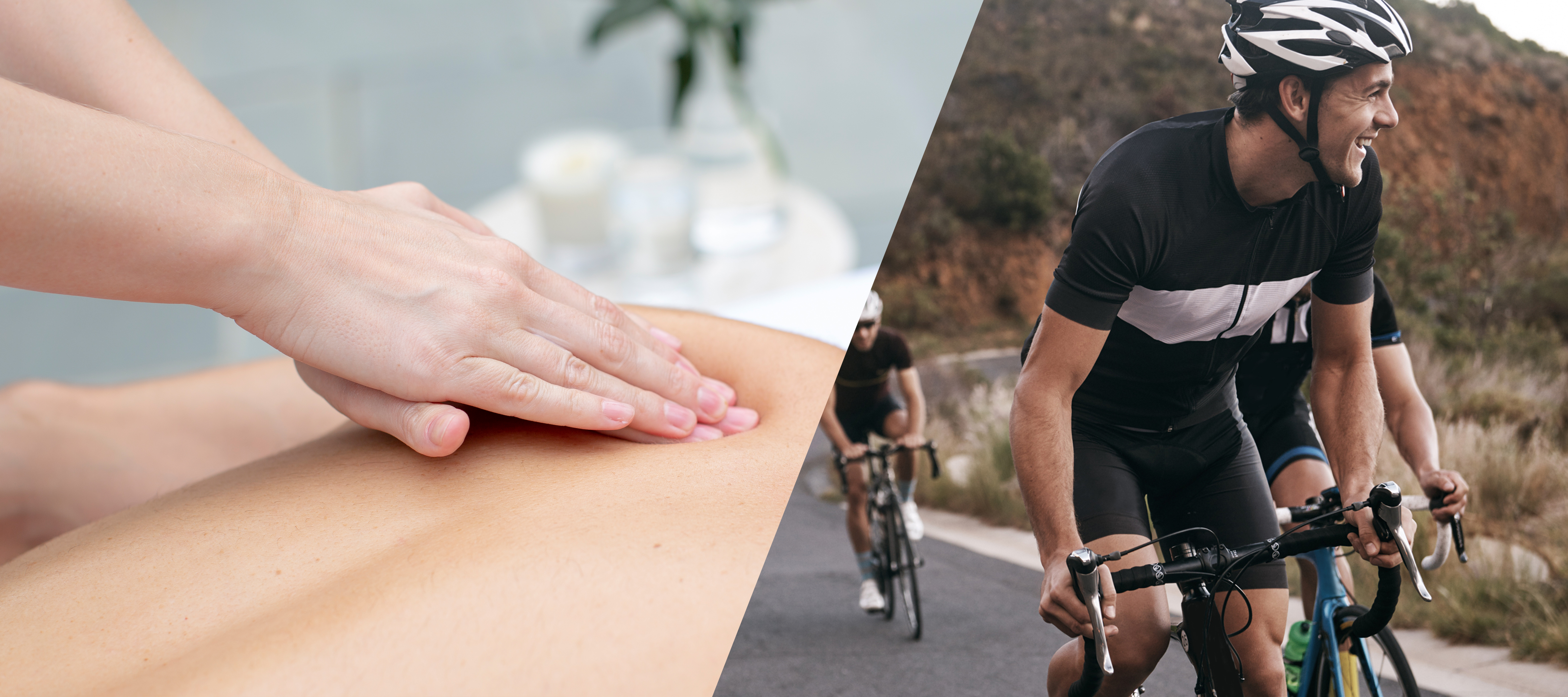If you’re watching the 2018 Winter Olympics in PyeongChang, you might be dreaming about being a gold medalist in snowboarding, wondering how those ice skating outfits stay on (answer: mesh and practice), or wincing when an athlete wipes out during the luge. Or maybe you’re wondering just how those athletes manage to maintain world-class performance. We can help with the last question – most Olympic athletes get massages regularly for recovery. We spoke to some Olympic coaches and therapists who help all-star athletes recuperate and recharge through the benefits of massage.
How Olympians get massages to improve athletic performance
Former Olympic coach and current trainer Michelle Blessing is based at the Olympic Training Center in Colorado Springs, Colo – better known as Olympic City, USA. She shares that the national and resident team triathletes at the facility get at least two massages a week as part of their recovery, sandwiched between intense workout sessions. “Massages are usually performed on recovery days to facilitate muscle recovery and prevent injury,” she notes. Some athletes even bring their own massage therapists to ensure a regular regimen of sports massage. (If you want to get massages regularly, consider a massage membership, such as the in-home massage subscription from Zeel.)
Physical therapist Michael Giunta, PT, DPT, CSCS has worked with many Olympians for both the summer and winter Olympics. Giunta also stresses the importance of massage. Says Giunta, “With the rigors of training, these athletes are constantly in pain and needing of faster ways to recover.” He suggests “a combination of soft tissue techniques” that are used both before and after practice and training.
The benefits of massage for muscle recovery before and after workouts
Giunta suggests a variety of massage techniques for Olympic athletes. His go-to before a workout or competition is a ‘trigger point release’ that targets tight muscle groups that may be impeding the activation of antagonistic muscle groups. “This is a deeper depth technique that is generally pretty uncomfortable for the athlete.” The focus is on “smaller, stabilization muscles with this technique, although at times I do need to use it for bigger muscle groups,” he explains. These techniques are common in sports massages loved by athletes.
After a hardcore workout or tough athletic competition, Giunta recommends a lighter and less intense massage to relax overworked muscles, such as a Swedish massage. Rest days are just as important to fitness as workouts. Says Blessing, “On a recovery day, it is wise to do things like massage that facilitate repair of the muscle tissue. This is how muscles get stronger and athletes get faster, better and more fit,” she explains.
Active and static stretching and corrective exercises are other useful recovery techniques that should be in any athlete’s toolkit.
Massage for non-Olympic athletes – still great
You don’t need to be an Olympic athlete, however, to enjoy the benefits of massage and bodywork. Says Giunta, “If you are active and exercise, your muscles get just as tight.” Even sitting or performing any kind of repetitive activity can take its toll on the body, and a standing desk isn’t the only possible solution. Good massage therapists can help you identify weak points in your body with tight muscles. Through massage and exercise, you’ll be able to strengthen your body and avoid injury and back pain.
Lindsay Tigar is an experienced travel and lifestyle journalist, content strategist and editor. Her work has appeared in Travel + Leisure, Vogue, USA Today, Fast Company and a myriad of other publications. Learn more about Lindsay at lindsaytigar.com and on LinkedIn.


